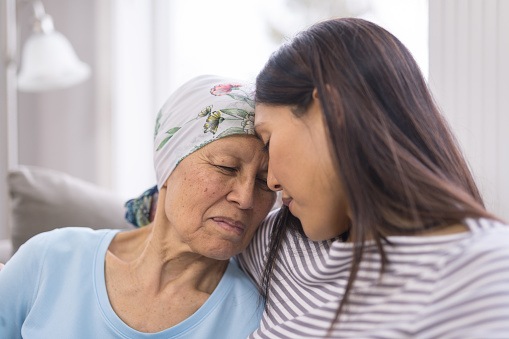
The introduction of novel agents has given patients with chronic lymphocytic leukemia (CLL) and small lymphocytic lymphoma (SLL) more treatment options. The informCLL registry is a collection of data on U.S.-based patients with CLL/SLL treated during the post-novel agent era. Data include the effect of the treatment landscape, treatment practices, and outcomes in the routine clinical setting. A study that was presented at the 62nd ASH Annual Meeting & Exposition discussed baseline characteristics, prognostic biomarker testing, and treatment patterns for patients enrolled in the registry.
Patients with CLL/SLL were enrolled in informCLL between October 2015 and June 2019. Eligible adult patients had to have initiated FDA-approved treatment for CLL/SLL within 45 days of enrollment and provide consent. Five treatment groups were created based on treatment received at the time of enrollment (index): ibrutinib (single agent or combination), chemoimmunotherapy (CIT), chemotherapy (CT), immunotherapy (IT), and other novel agents.
A total of 1,461 patients were enrolled. Most patients were previously untreated (n=855; 59%), with the remaining 606 being relapsed/refractory (R/R; 41%); 93% of patients were from community-based practices. The median age was 71 years, and one-third of patients were aged ≥75 years. Most patients were male (64%) and had an Eastern Cooperative Oncology Group performance status score of 0-1 (88%).
Of the 852 patients who underwent staging at enrollment, half had Rai stage III/IV disease (51%). For previously untreated patients, the median time from diagnosis to initial treatment was 18.6 months (range, <0.1-471.3 months); for R/R patients, it was 84.27 months (range, 1.1-469.4 months). Median follow-up for the groups was 14.9 months (range, 0.03-46.9 months) and 15.3 months (range, 0.03-44 months), respectively.
Fluorescence in situ hybridization testing, which was conducted in 415 patients (28%), was more common among previously untreated patients compared with R/R patients (33% vs. 21%), as were TP53 mutation testing, which was performed in 162 patients (11%) overall (13% vs. 9%, respectively), and immunoglobulin heavy chain variable (IGHV) mutational status testing, which was performed in 171 patients (12%) overall (13% vs. 10%, respectively). When assessing available prognostic biomarker testing data, 24% of patients had del(17p) (n=100/415), 27% had TP53 mutation (n=43/162), and 71% had unmutated IGHV (n=121/171).
The most prevalent treatment was ibrutinib (46%). Most patients initiated ibrutinib treatment at the recommended daily dose of 420 mg (87%); three-quarters of patients who continued ibrutinib treatment did not need dose modifications. Most patients continued ibrutinib treatment at one (n=307/401; 77%) and two years (n=126/184; 68%).
The most common CIT regimens were bendamustine plus rituximab (BR) and fludarabine plus cyclophosphamide and rituximab; 80% and 85% of these patients, respectively, received less than six cycles at the physician’s discretion.
Eighty-two patients received other novel agents as their index treatment (6%), the most common of which was venetoclax, which was more prevalent among R/R patients (n=56) than previously untreated patients (n=1).
When looking at patients with del(17p), 59% received ibrutinib, 28% CIT, 7% IT, and 6% other novel agents. For patients with TP53 mutation, 67% received ibrutinib, 21% CIT/CT, 5% IT, and 7% other novel agents. From 2016 to 2018, a decrease was observed in patients with del(17p) or TP53 mutation receiving CIT, but the researchers noted the sample size was small. Among patients with unmutated IGHV (n=121), 49% received ibrutinib, 39% CIT/CT, 7% IT, and 5% other novel agents.

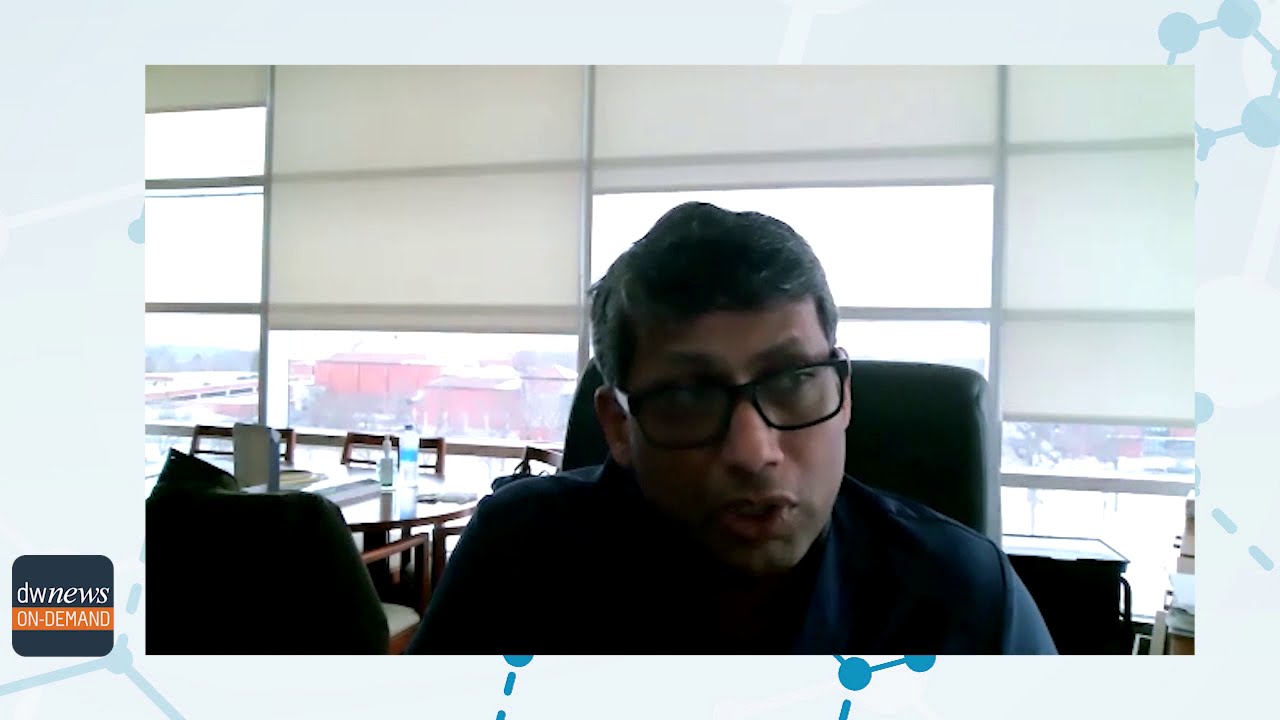

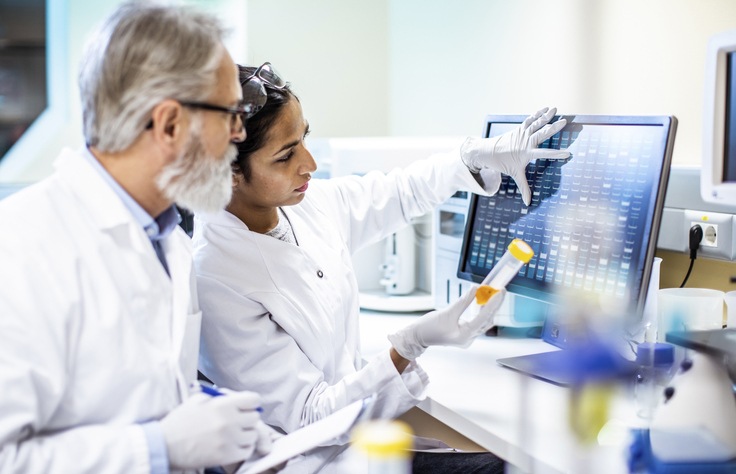
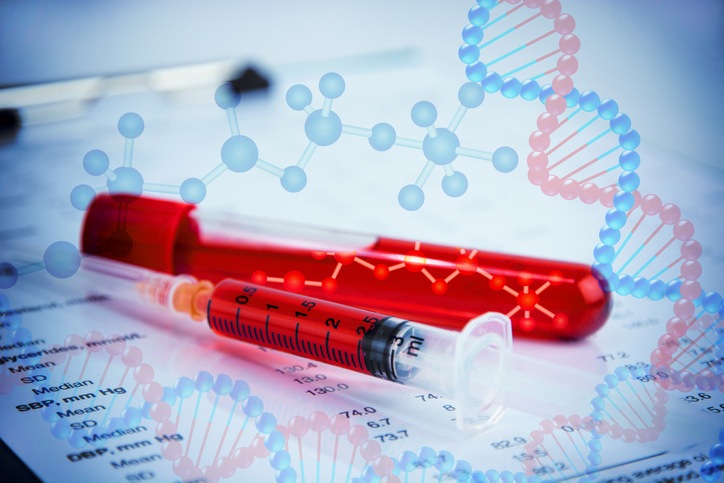
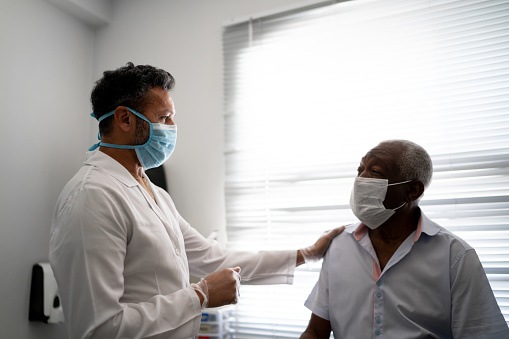

 © 2025 Mashup Media, LLC, a Formedics Property. All Rights Reserved.
© 2025 Mashup Media, LLC, a Formedics Property. All Rights Reserved.